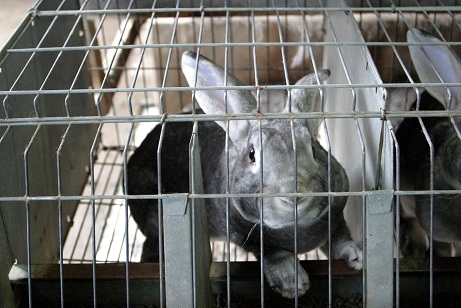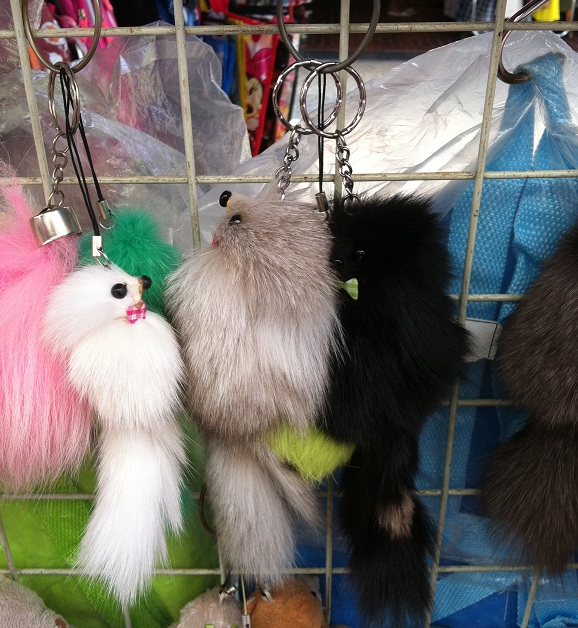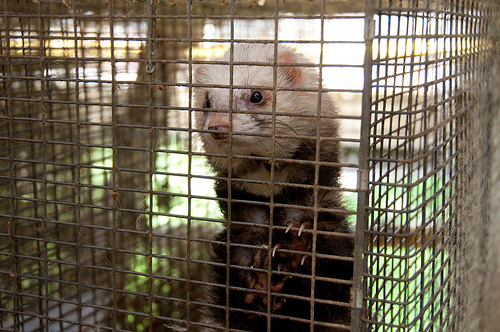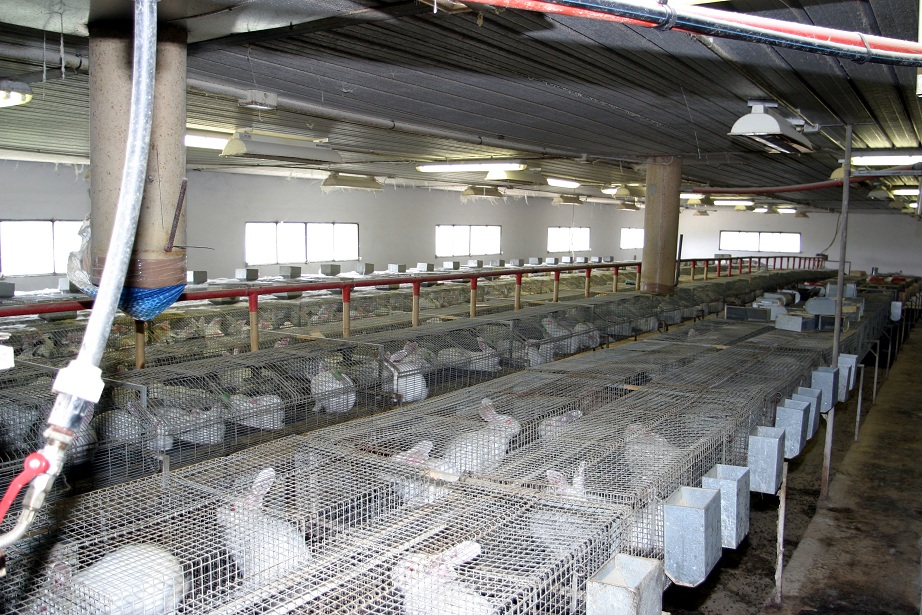ACRES, together with the SPCA, is supporting a campaign by the Change for Animals Foundation (CFAF) to wipe out the fur trade in Singapore: a trade that involves extreme cruelty.
It is estimated that over one billion animals are killed for their fur every year. Many different species are used in the fur industry, including mink, foxes, raccoon dogs, domestic dogs and cats, seals, bobcats and beavers, but it is rabbits which are killed in the greatest numbers each year.



 break;
break;
break;
break;




